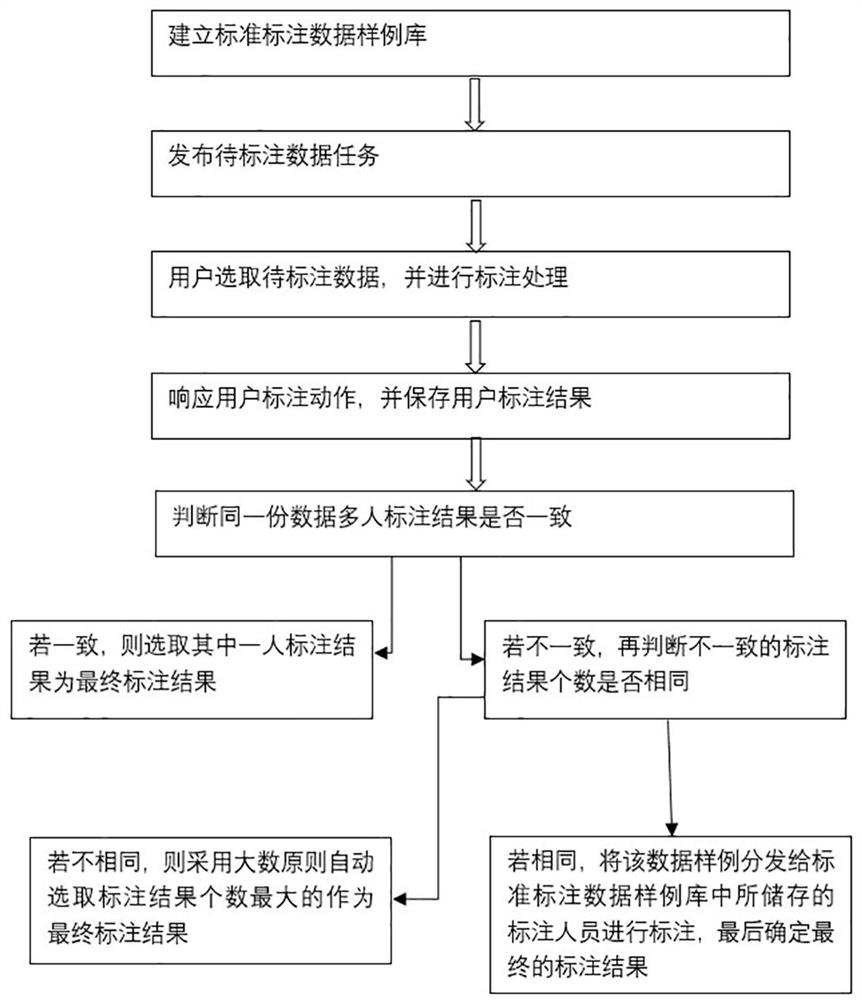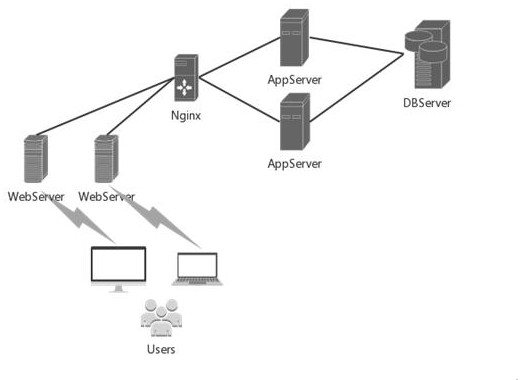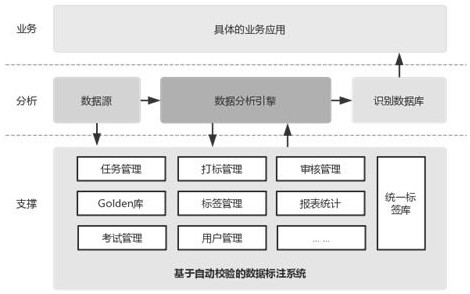Data labeling system and method based on automatic verification
An automatic verification and data technology, applied in the field of data processing, can solve the problems of difficult control of labeling data quality and high degree of manual dependence, and achieve the effect of improving labeling efficiency and data quality, complete functions, and simple data labeling
- Summary
- Abstract
- Description
- Claims
- Application Information
AI Technical Summary
Problems solved by technology
Method used
Image
Examples
Embodiment 1
[0077] Embodiment 1: A data labeling method based on automatic verification, such as figure 1 The specific steps of this method are as follows:
[0078] S1. Establish a standard annotation data sample library;
[0079] S2. Publish the task of data to be labeled;
[0080] S3. The user selects the data to be labeled, and performs labeling processing;
[0081] S4. Respond to the user's labeling action, and save the user's labeling result;
[0082] S5. When the data is marked by one person, the data marked by the user is the final marking result. When the labeling is performed by multiple people, determine whether the labeling results of multiple people for the same data are consistent;
[0083] If it is consistent, select one of the labeling results as the final labeling result, if not, then judge whether the number of inconsistent labeling results is the same;
[0084] If they are not the same, the principle of large numbers is used to automatically select the largest numbe...
Embodiment 2
[0086] Embodiment 2: a data labeling method based on automatic verification, such as figure 1 The specific steps of this method are as follows:
[0087] S1. Establish a standard labeling data sample database; select labelers with higher business level, select labeling samples for labeling, and store the labeling results as standard labeling samples in the data, and establish a standard labeling data sample database;
[0088] S2. The task of releasing the data to be labeled; the data to be labeled is released to the user in batches for labeling.
[0089] S3. The user selects the data to be labeled and performs labeling processing; when the user selects the data to be labeled, according to a certain proportion of the amount of data to be labeled selected by the user, the standard labeling samples of the corresponding category and quantity are selected from the standard labeling data sample library and The data to be labeled is randomly mixed. When the standard labeling samples...
Embodiment 3
[0095] Embodiment 3: On the basis of Embodiment 2, it also includes step S6: comparing the standard labeling samples mixed by the user labeling, and counting the total number of standard labeling samples labelled by the user and the correct rate of the standard labeling samples; When the total number of labeled standard labeling samples and the correct rate of standard labeling samples are lower than the set threshold, the user is prohibited from performing data labeling operations. After the user is prohibited from performing the data labeling operation, the data labelled by the user is also invalidated and stored in the database to be reviewed, and the labeling can be reviewed again later.
[0096] Save the final annotation results and store them in the unified annotation sample database for the model to use.
PUM
 Login to View More
Login to View More Abstract
Description
Claims
Application Information
 Login to View More
Login to View More - R&D
- Intellectual Property
- Life Sciences
- Materials
- Tech Scout
- Unparalleled Data Quality
- Higher Quality Content
- 60% Fewer Hallucinations
Browse by: Latest US Patents, China's latest patents, Technical Efficacy Thesaurus, Application Domain, Technology Topic, Popular Technical Reports.
© 2025 PatSnap. All rights reserved.Legal|Privacy policy|Modern Slavery Act Transparency Statement|Sitemap|About US| Contact US: help@patsnap.com



